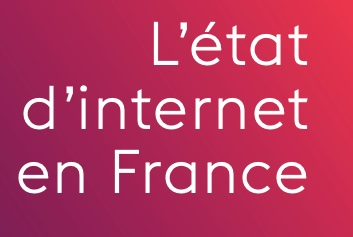In the 2022 edition of its report on the state of the internet in Francereport, Arcep (the French regulatory authority for electronic communications, post and press distribution) continues to monitor the various components of fixed and mobile Internet networks in 2021: Internet quality of service, data interconnection, the transition to IPv6, net neutrality, the role of platforms and the environmental impact of digital technology.
"The objective of this monitoring: to ensure through regulation that the Internet continues to develop as a 'commons', where the user is the ultimate arbiter."
Mobile Internet quality on the rise
Arcep has published the results of its 2021 measurement campaign: it has observed a clear improvement in the quality of service for mobile Internet, with 2G/3G/4G downstream speeds reaching an average of 71 Mbit/s compared to 49 Mbit/s the previous year. Web browsing and streaming are improving, particularly in rural areas.Data Interconnection: traffic increasingly driven by video streams
"Interconnection refers to the technical and economic relationship that is established between different actors to connect and exchange traffic with each other. It guarantees the global mesh of the network and allows end users to communicate with each other.On the occasion of this publication, Arcep also updates its barometer of interconnection in France with data to the end of December 2021. This year, Arcep is focusing on the routing of video flows. Globally, these flows represent more than half of the Internet traffic. In France, the trend is similar since more than half of the traffic comes from players who provide video content that consumes bandwidth: Netflix, Google (with Youtube), Akamai, Facebook and Amazon (with Prime).
Incoming traffic to the 4 main Internet Service Providers (ISPs) in France at the interconnection has increased from more than 28.4 Tbit/s at the end of 2020 to 35.6 Tbit/s at the end of 2021. This represents an increase of more than 25% in one year.
On the other hand, the outgoing network traffic of the 4 main ISPs in France at the interconnection reaches more than 2.9 Tbit/s, showing an increase of 12.5% compared to the end of 2020.
The asymmetry rate between these two types of traffic has increased from 1/4 in 2012, to more than 1/12 in 2021. This discrepancy is due to the increase in multimedia content consumed by customers, notably via video and audio streaming, or large content downloads.
Transition to IPv6: accelerating the migration
Arcep looks back at the deployment of IPv6, one of the protocols allowing the transfer of data packets on computer networks. Unlike IPv4, IPv6 allows for example to generate a very large number of unique IP addresses. In early June 2022, France passed the 50% mark for users with Internet access who have IPv6 enabled.France has significantly improved its global ranking in terms of IPv6 usage rates, moving from 10e place at the end of 2020 to the 6e place today. France is ranked in 4e position in Europe, behind Belgium, Germany and Greece.
Référence :





